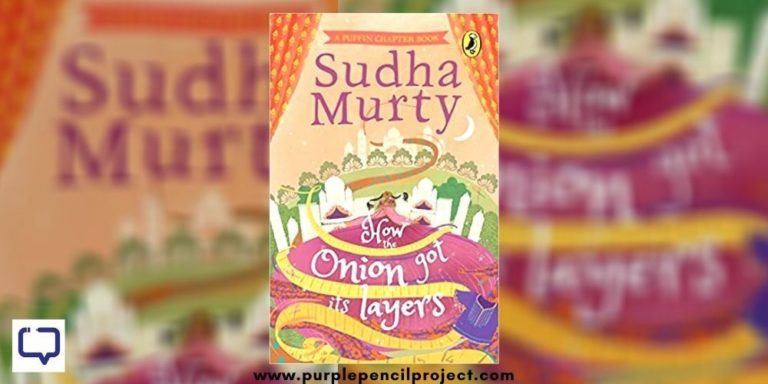The Awasthis of Aamnagri by Shubha Sarma and published by Niyogi Books is a sweet, nostalgic trip to a time when joint families lived together, spent summers hosting extended family and their children, along with the carefree happiness and chaos that came with it.
We encourage you to buy books from a local bookstore. If that is not possible, please use the links on the page and support us. Thank you.
The Patriarch and Patriarchy
Most aspects of The Awasthis of Aamnagri keep up with tradition, including the role of the patriarch, and the constraints of patriarchy (which are on the brink of being pushed).
The stories, written as a collection of episodes that span over decades, begins when Panditji, a prominent lawyer in the town of Aamnagri in the Hindi belt, decides to purchase a ‘haveli’ or a bungalow for his family (unsurprisingly named ‘Paradise’) – his wife (referred throughout as Mataji), their four sons with their respective wives and children, and the household staff.
From the get-go, it is hard to miss the stifling patriarchy that brews beneath the facade of a happy home (a fact that is not wholly unaddressed). The rush to provide Panditji with his breakfast exactly the way he likes it, the guilt for making a small mistake, the sons mansplaining their wives often – it’s all there, presented as is.
Anger warred with decorum; self-righteousness with filial duty. Duty emerged victorious.
Episodes and More
Under the near-tyrannical rule of Mataji, the downtrodden home, surrounded by “the sublime parijat”, turns into a place of near-constant hustle and bustle – as daughters-in-law conspire against each other and struggle to find their identity and freedom, as sons reap the rewards of their dads’ efforts, as house-help gossip and are made to prove their loyalty, as visiting daughters are pampered, as vegetarianism and Hinduism conflict with each other, as spiritual charlatans are consulted for key decisions, and more.
The time jumps are skilful, and the Sarma does a commendable job of weaving together many years and many lives in less than 200 pages. Two episodes especially stand out for the humour they bring – one, where a mock courtroom is staged to solve the mystery of the missing vanishing breakfast, and another, where an animal assembly joins hands with a (this time genuine) guru to save a tree from being chopped for the temporary convenience of hosting a wedding ceremony.
All of them, including the one where Indu explains to her daughter how she came to own a special saree, paint an evocative domestic picture. Which emotions they evoke, will depend on the reader.
The more their surroundings changed, the more they remained the same.
Reading how things are written
What The Awasthis of Aamnagri has in the mango-like sweetness of the cover, the title and the episodes, it lacks in literary style and quality. A story can be expressed richly without the aid of superficially rich vocabulary.
The use of cliche phrases such as “House is Bought, Home is Made“, and “Yes, if you look long enough, you will find a trace of beauty even in the ugliest object,” is rampant, and dulls the description.
To its credit, the same cliched phrases work very well in dialogue. Take this scene for example, where Panditji and Mataji are arguing about his being present for a family visit. She says, “I tell you, your flourishing legal practice is f no avail if you can’t find the time for your near and dear ones. Who will be by our side when we are on our deathbed?“
This is typical, and thus, lends the scene authenticity. A switch-up of language would also help break up the voices – of the narrator and the character.
Conclusion
The novel ends well and hopeful if a little too conveniently. Younger readers may definitely find some of this a little dated, so it’s ideal for readers of age 25 and above, who may relate to summer spent at their mother’s maiden homes, when life, for its sameness, was sweet.




















